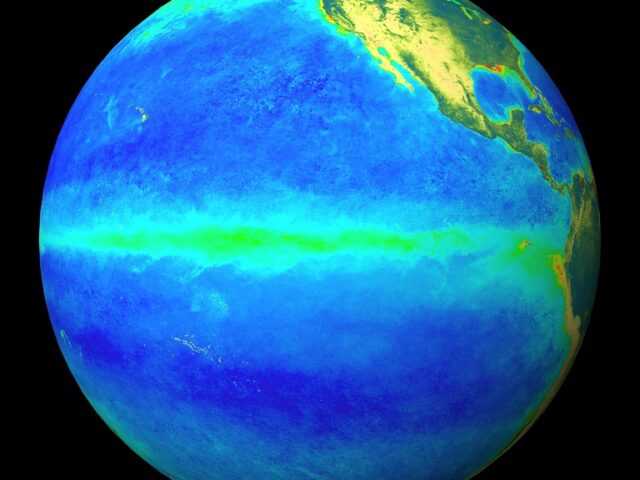MELBOURNE, Australia – The tropical Pacific Ocean remains ENSO-neutral, despite some indicators reaching El Niño levels, says the Australial Bureau of Meteorology in its latest report. As a result, the Bureau’s ENSO Outlook remains at El Niño ALERT. The positive Indian Ocean Dipole (IOD) event in the tropical Indian Ocean weakened in the past fortnight.
Sea surface temperatures in the tropical Pacific Ocean have now exceeded El Niño thresholds for more than a month. However atmospheric indicators—such as trade winds, cloud patterns, and the Southern Oscillation Index (SOI)—have not reached El Niño levels.
This indicates that the tropical ocean and atmosphere are not reinforcing each other and remain ‘uncoupled’. This coupling is required to establish and sustain any ENSO event, and is what drives widespread Australian and global impacts.
Recently, trade winds in the western Pacific have weakened in association with the Madden–Julian Oscillation. Some models suggest they may remain weakened for at least the next fortnight.
International climate models predict sea surface temperatures to remain at or above El Niño levels in December and January.
By February, all but one of the eight surveyed models remain above El Niño thresholds. El Niño effects in Australia over summer typically include higher fire risk, greater chance of heatwaves, and fewer tropical cyclones.
The positive IOD event which began in early September has weakened, with the most recent value just below positive thresholds.
It is likely that the positive IOD is nearing its end—consistent with model outlooks and the IOD’s natural cycle. The IOD typically has little influence on Australian climate from December to April.















